Charles VII (1403-1461) was King of France from 1422 to 1461. His reign begins in a catastrophic period for the French kingdom. Charles VI, his father, was seized with madness and the kingdom was torn apart by rivalries between the two grandest lords, from the royal family, the partisans of the Duke of Bourgogne and those of the Duke of Orléans. This situation promotes the initiative of Henry V, King of England who after Azincourt, occupies the whole of Normandy. In 1420 the future Charles VII is disinherited by the Treaty of Troyes. Henry V is recognised as King of France, and on his death in 1421, his son Henry VI, at the age of nine months, inherits both kingdoms of France and England.
Charles VII, referred to as heir apparent, goes into exile in Bourges and only really begins the reconquest of his kingdom with the victory of Joan of Arc at Orléans followed by the coronation of Charles VII at Reims in 1429. In 1435, the death of John of Lancaster, Duke of Bedford, acting as Regent of France for the young Henry VI, and the Treaty of Arras representing the Burgundians, allow Charles VII to retake the initiative.
It was during this time that the English, concerned by the situation, build the barbican of the Porte Saint-Pierre that protects the Château de Caen from a possible uprising of the inhabitants or from an attack waged against the Château after the taking of the battlements of the town. One had to wait until 1444 for this threat to become clear. In 1449 the French troops enter Normandy and the English are defeated at Formigny on 15 April 1450.
After Formigny, only Caen, Falaise, Domfront and Cherbourg are still held by the English retrenched behind the walls and in the robust châteaux. Charles VII in person comes to supervise the siege of Caen defended for the English by the Duke of Somerset. The combats take place in parts of the town but spare the Château. The Duke of Somerset accepts the capitulation in exchange for the evacuation of his troops. On 6 July 1450 Charles VII made his grandiose entry into Caen.
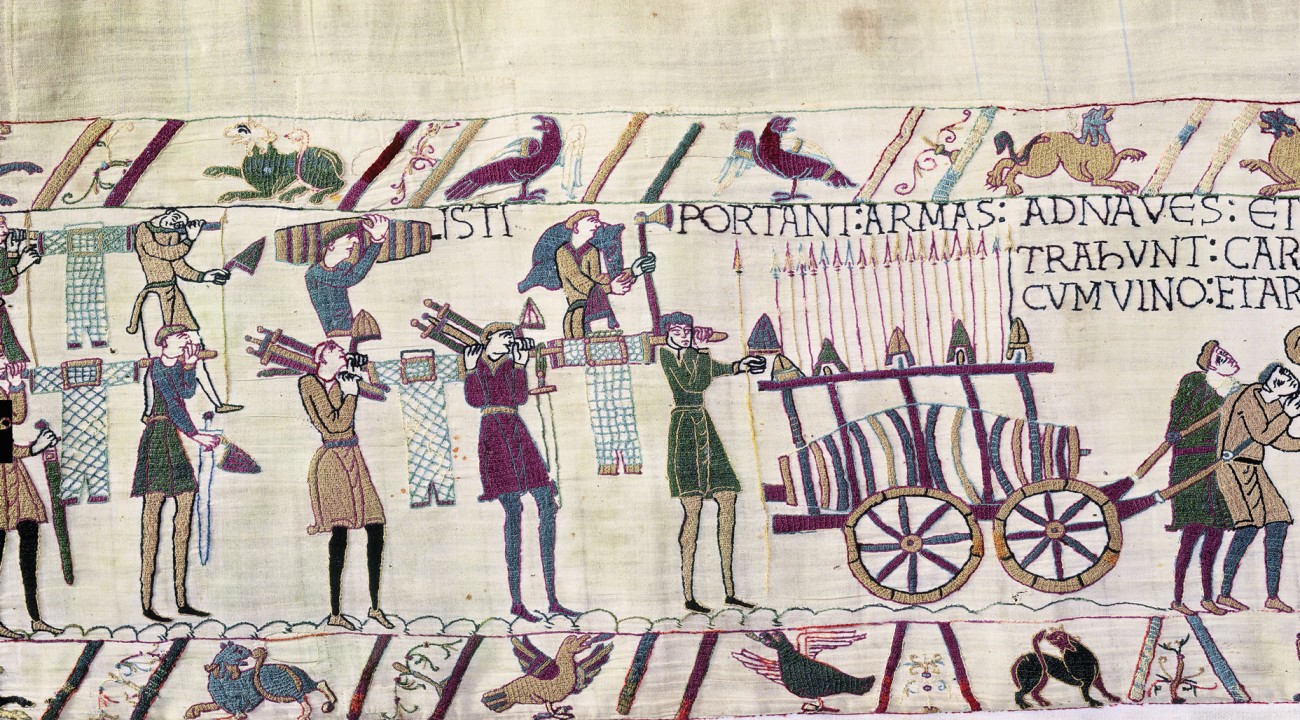
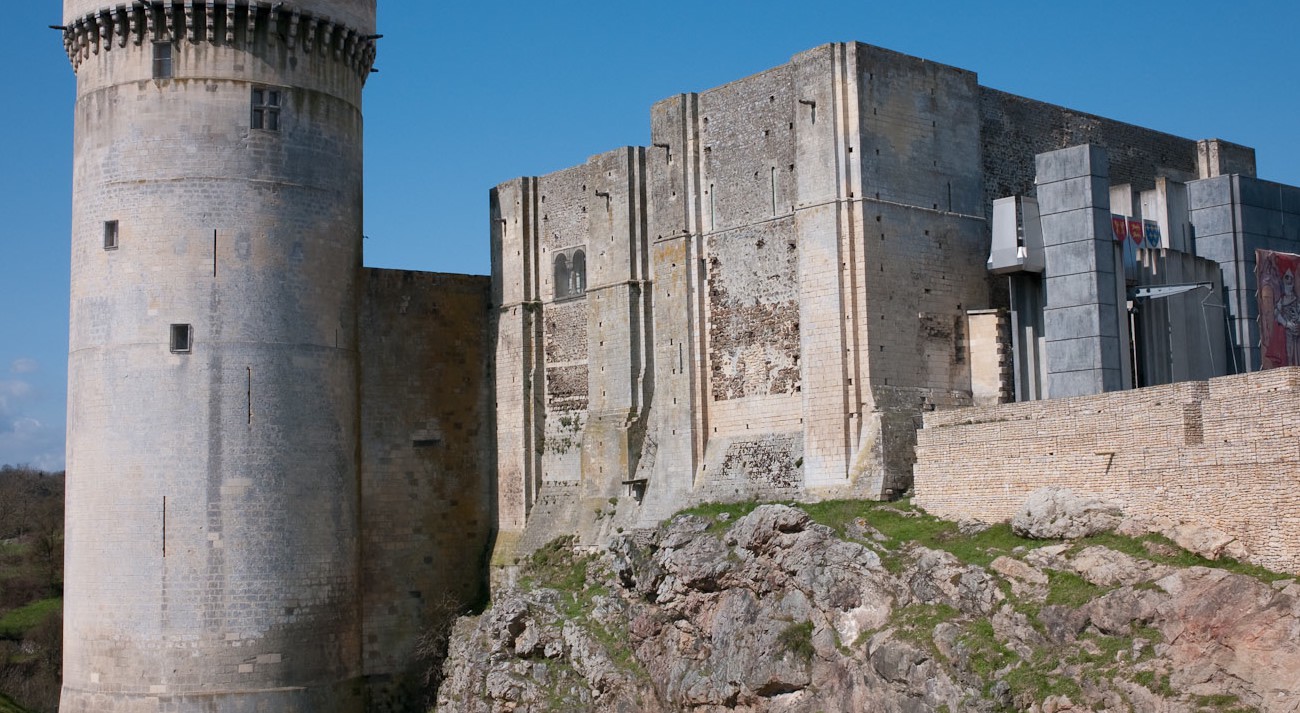
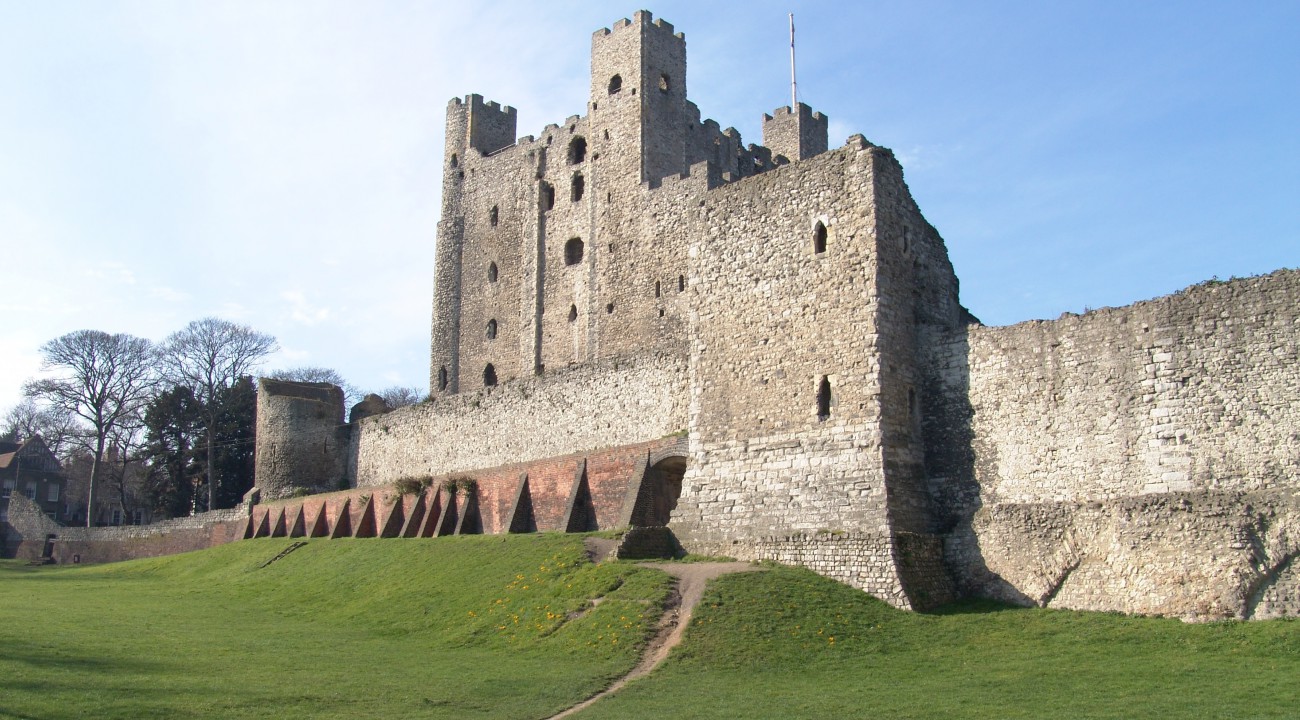
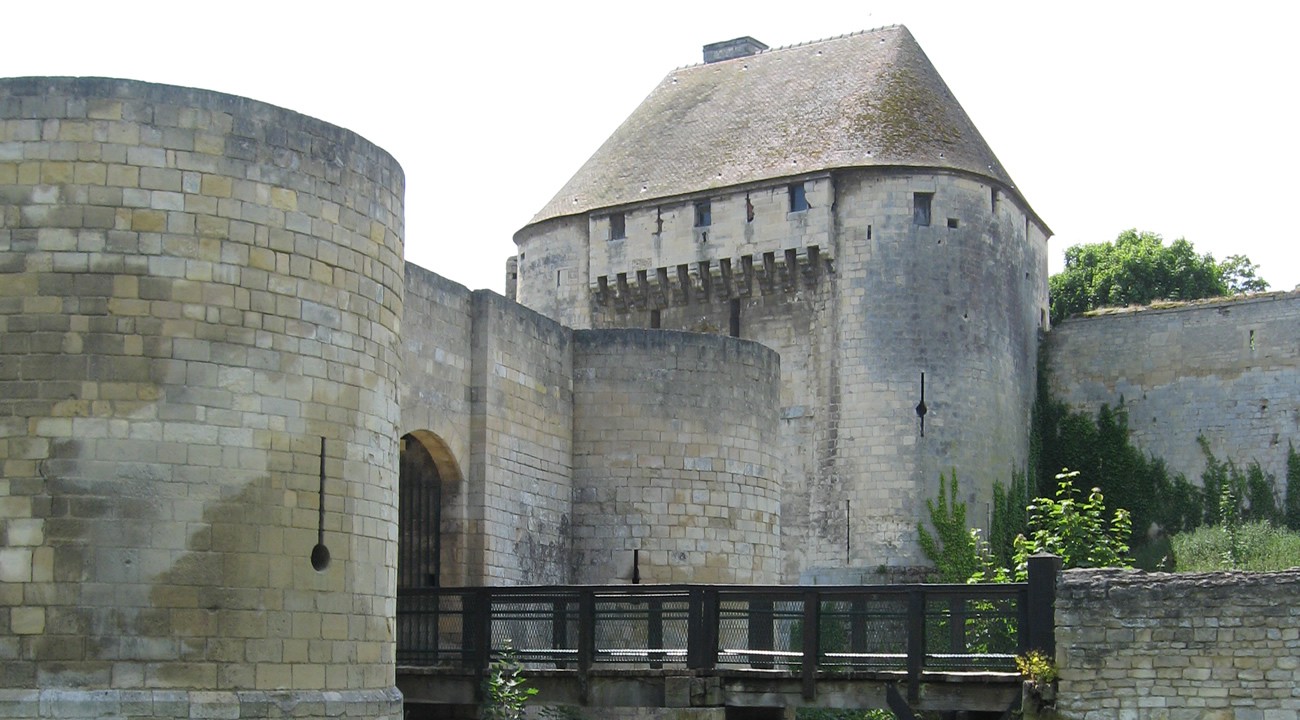
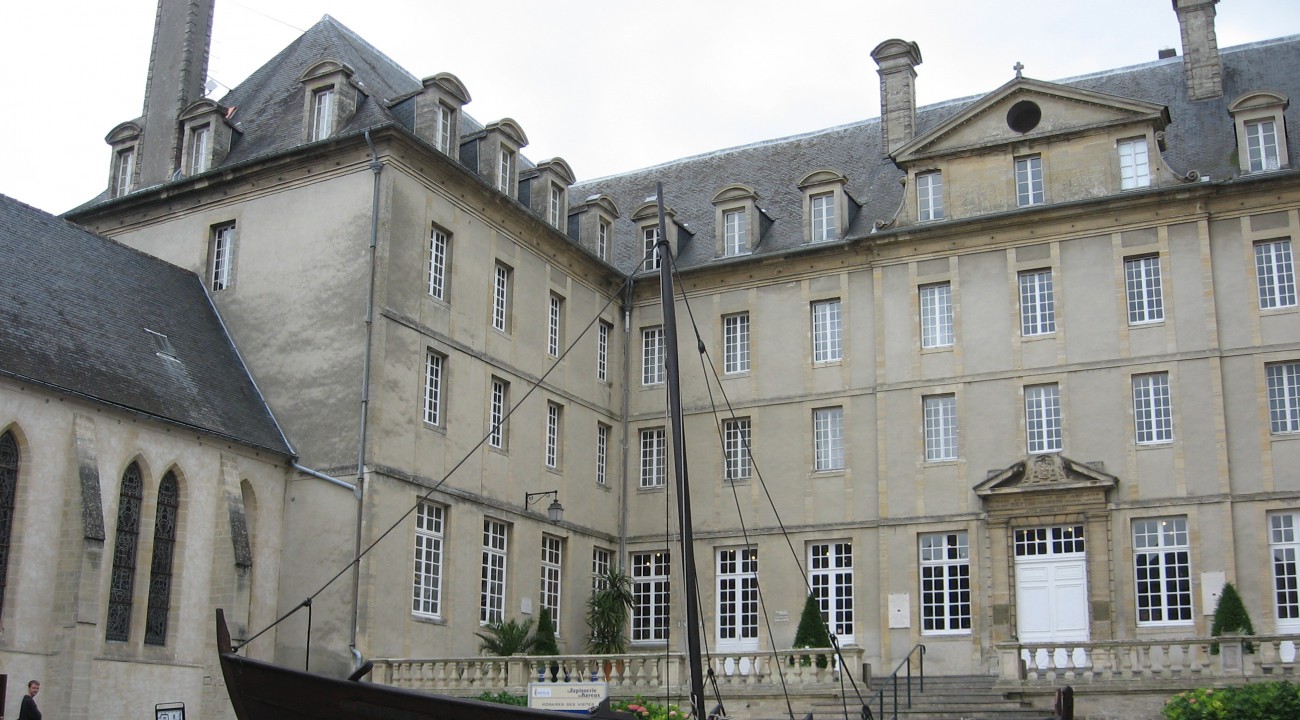
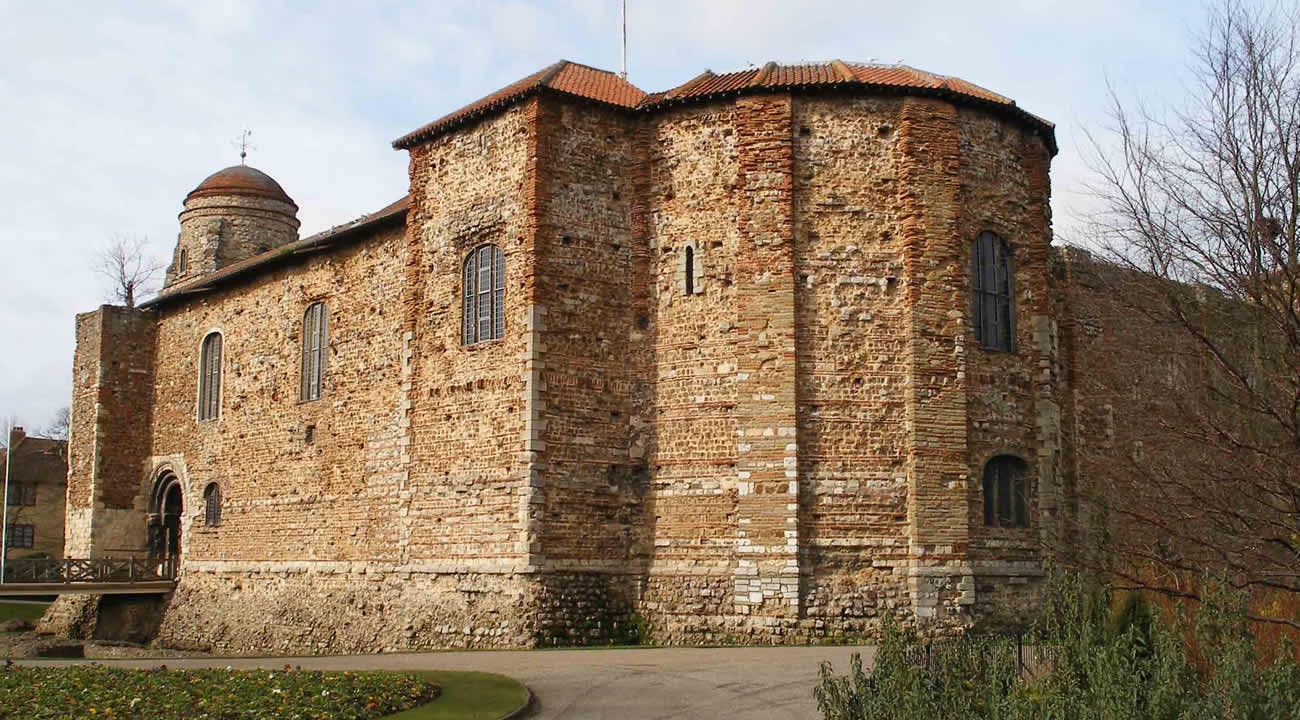
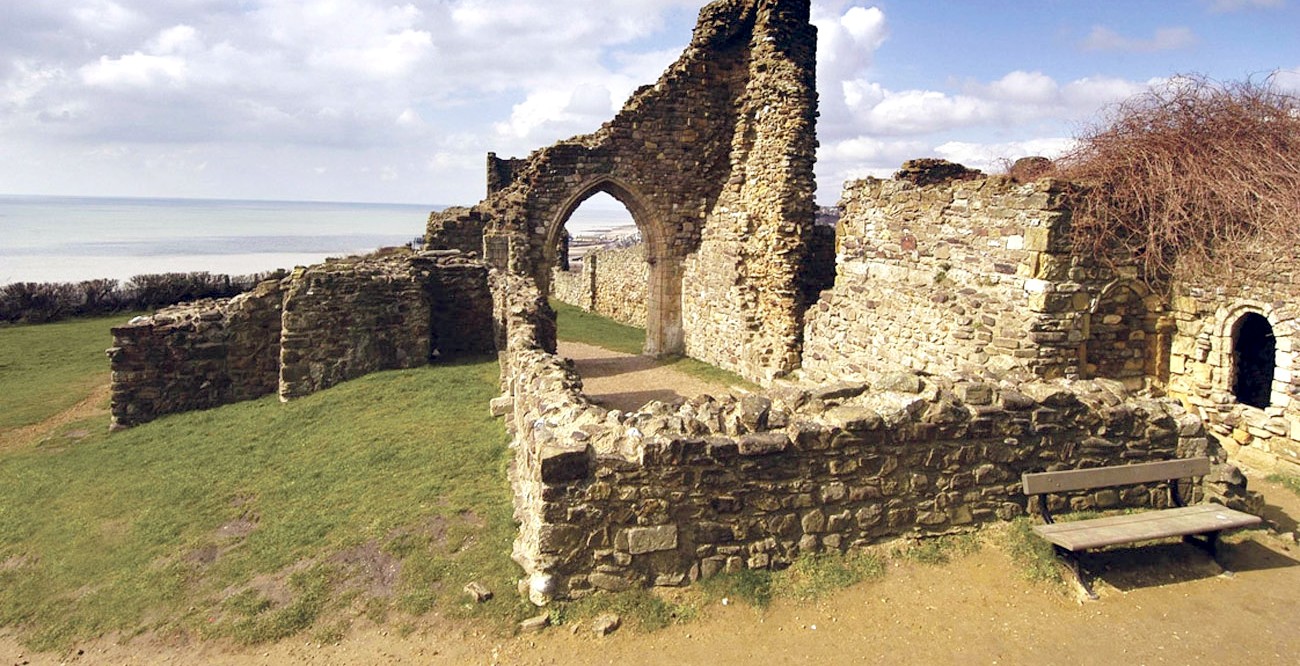
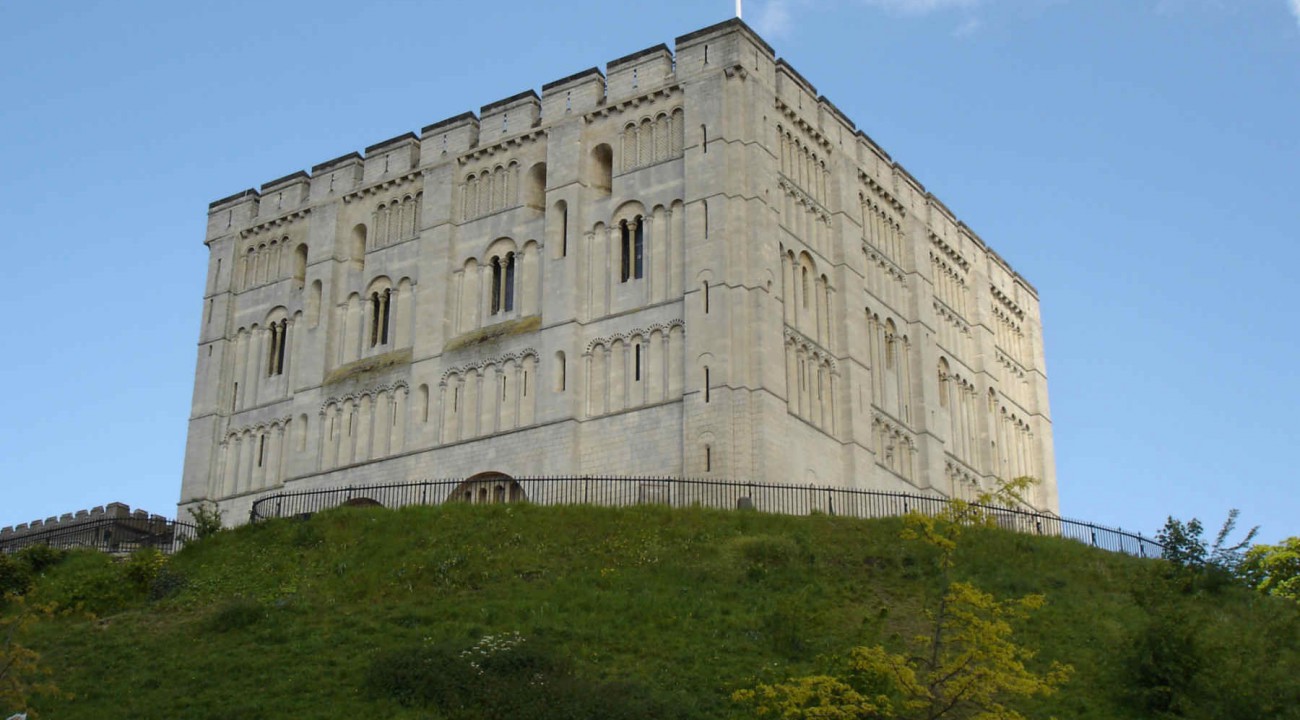
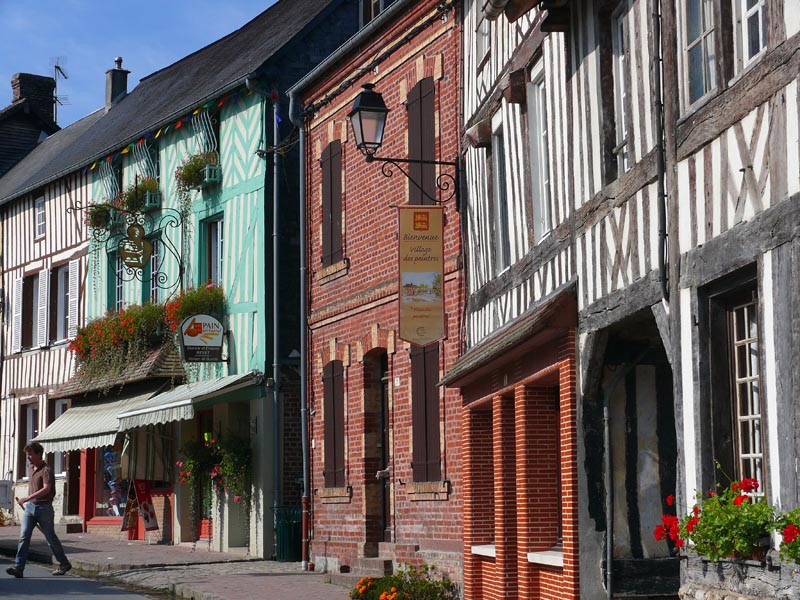
Charles VII
European Regional Development Fund
The European Union, investing in your future
 Fonds Européen De Développement Régional
Fonds Européen De Développement Régional
L’Union Européenne investit dans votre avenir
The European Union, investing in your future

 Fonds Européen De Développement Régional
Fonds Européen De Développement RégionalL’Union Européenne investit dans votre avenir
The Norman Connections project was selected under the European Cross-border Cooperation Programme
INTERREG IV A France (Channel) – England, co-funded by the ERDF.
INTERREG IV A France (Channel) – England, co-funded by the ERDF.


 Email a friend
Email a friend  Print this page
Print this page 